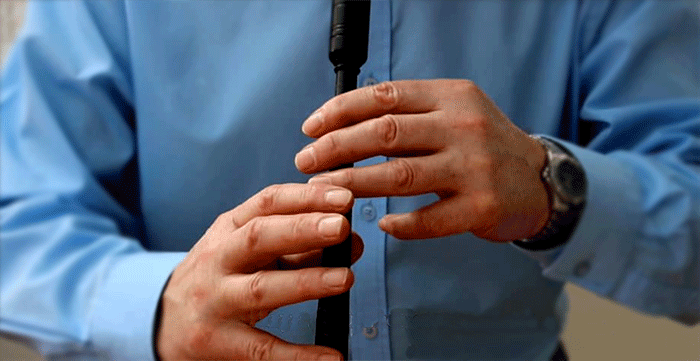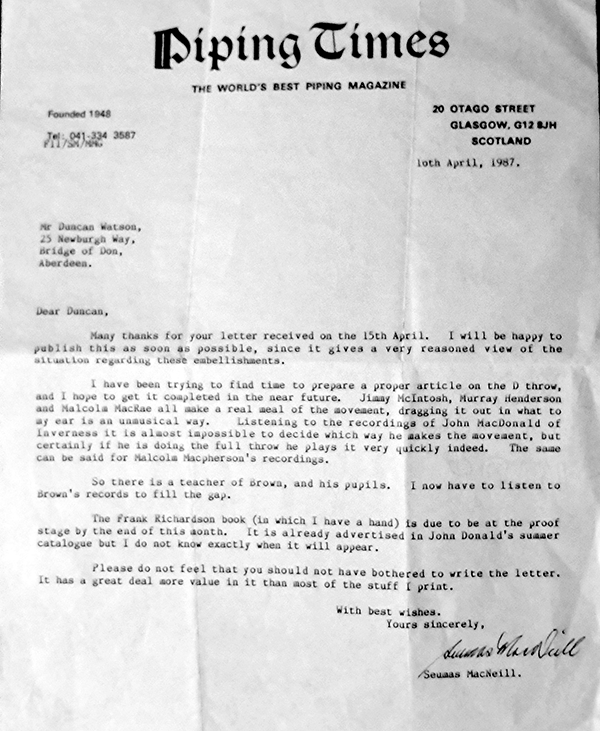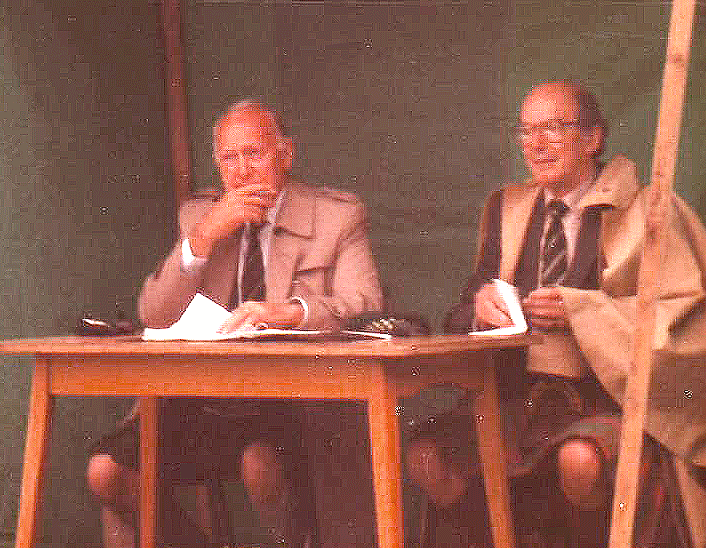
By The Editor
There has been a considerable response to my article on bagpipe technique and how it has changed and moved on over time.
The first of our comments is from Dale Brown in the US. Dale writes: ‘On a cold morning like this what could be more fun than to have a hot stove discussion on piping fingering methods.
‘I started my piping journey as a youngster in the fall of 1952. The closed C was pretty well established at that time as I think back, although my tutor book – Logan’s Tutor (revised by William Ross in 1948) still had an open C on the scale page. I had the little finger circle filled in. Anyone who played an open C, even then, was considered hopelessly out of touch.
‘Growing up in Detroit and spending time in Ontario, I grew up considering John Wilson (Edinburgh & Toronto) to be God’s piping disciple (still do). John taught the open C in the context of the C tachum movement where the short C melody note in 2/4 is a demisemiquaver. In any other time signature that melody note is also of very short duration. Any difference between an open or closed C is too short to be perceived.
‘I have talked (code for argued) with the people who claim to be able to detect an open C from ’50 yards away’. Unfortunately these people have successfully turned even an open C tachum into a dirty word. What is never talked about is the birl played from a short C. Even the top performers can be seen on video playing a birl coming through a short open C. I have some thoughts on the D throw (formerly known as the doubling of D), but that’s for another day.’
Thank you very much for that Dale. RG Hardie always taught the ‘open’ C when playing birls from C notably in the second and fourth parts of Willie Ross’s setting of the reel Pretty Marion where they are nigh impossible without doing so. The quick tachum from C, however, was always pinkie down as per your doctored Logan’s Tutor. Hardie also always referred to the ‘throw’ on D as a doubling.
Regular correspondent Duncan Watson has forwarded a copy of a letter he received from Seumas MacNeill, the then Editor of the Piping Times magazine and former Principal of the now defunct College of Piping, regarding the throw on D:

Duncan adds: ‘There are pipers at the top of the competitive tree who deliberately omit some well established gracing in light music and get rewarded for it, even in the most prestigious competitions.
‘The irony is, when a lower graded piper does the same thing, it is identified as faulty technique. You refer to the Scotway Competition at which Donald MacPherson was first. If it was the same event, the judges were Andrew Pitkeathly, Evan MacRae and Donald Morrison.
‘Donald MacPherson played Lament for Ronald MacDonald of Morar and executed D taorluaths with D gracenotes and the panel detected this. Donald Morrison and Evan MacRae marked MacPherson down for it penalising the ‘wrong’ gracing.
‘Donald Morrison told me that Evan and himself got the father of all lectures from Andrew Pitkeathly in regards to the musical aspects of Donald’s performance. They conceded and MacPherson got his first prize.

‘As you know, it did not really end there. Angus J MacLellan wrote an article making reference to the D taorluath with D gracenotes. The question: would Andrew Pitkeathly treat everybody in the same way?
‘In recent times in one of my sittings through the Gold Medal at Inverness, I spotted the successful medalist playing the D grace in D taorluaths when his back was to the judges – something a few have indulged in as we all know. But of course when the back is to the judges, the audience can then see this.’
Andrew Pitkeathly was one of the fairest, most pleasant men in piping I ever had the good fortune to know Duncan and I have no doubt that, irrespective of who the piper was, if his music was paramount, then a relatively minor technical indiscretion would have been afforded the same dispensation as Donald MacP.
Regarding the ‘back to the judges’ manoeuvres, it is less likely to happen now that the Northern Meeting promoters have moved the judge’s bench to the centre of the stage at Eden Court rather than have it at one end.
[wds id=”11″]
















Honestly I still make a Tachum with an open C (i.e. in “Cock of the North”) and I feel comfortable while Ican’t notice any difference with closed C.
But probably being not a good piper i make it wrong..
reminding ….off many conversations …in the Oban Times..awww happy days..!!
Concerning the throw on D , my teachers Robert Brown and Robert Nicol always insisted that this movement is nothing but a grip on D and therefore belonging to the family of grips should be played with two separate low Gs followed by a short C on to D , the way it is written on old collections with 4 gracenotes .
If you miss one low G , you don’t get the feeling of the grip movement .
This is what I was taught anyway .
Patrick Molard.
At the end a birl + a C strike..